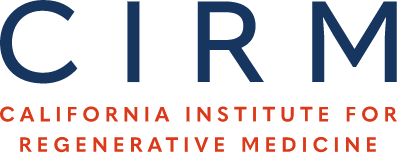Double-strand break repair pathways differentially affect processing and transduction by dual AAV vectors.
Publication Year:
2025
PubMed ID:
39934106
Public Summary:
Recombinant adeno-associated viral vectors (rAAV) are a powerful tool for gene delivery but are limited by the size of the therapeutic DNA sequence that can be included. To get around this limitation, paired AAV vectors each carrying a portion of the gene of interest can be co-infected into the recipient cell, relying on the host cell’s DNA repair system to correctly reattach them. However, the efficiency of correct reassembly is low. This study identified components of normal cellular DNA repair pathways that impede this process, and demonstrated that inhibiting these repair enzymes increases the efficiency of transgene reassembly. Temporary pharmacologic inhibition of these enzymes may provide a strategy to increase the efficiency of AAV-based genome engineering.
Scientific Abstract:
Recombinant adeno-associated viral vectors (rAAV) are a powerful tool for gene delivery but have a limited DNA carrying capacity. Efforts to expand this genetic payload have focused on engineering the vector components, such as dual trans-splicing vectors which double the delivery size by exploiting the natural concatenation of rAAV genomes in host nuclei. We hypothesized that inefficient dual vector transduction could be improved by modulating host factors which affect concatenation. Since factors mediating concatenation are not well defined, we performed a genome-wide screen to identify host cell regulators. We discover that Homologous Recombination (HR) is inhibitory to dual vector transduction. We demonstrate that depletion or inhibition of HR factors BRCA1 and Rad51 significantly increase reconstitution of a large split transgene by increasing both concatenation and expression from rAAVs. Our results define roles for DNA damage repair in rAAV transduction and highlight the potential for pharmacological intervention to increase genetic payload of rAAV vectors.



